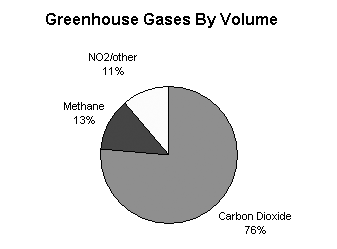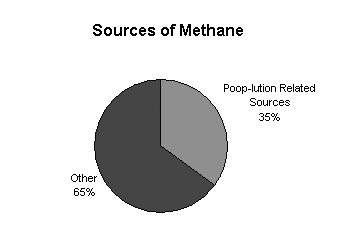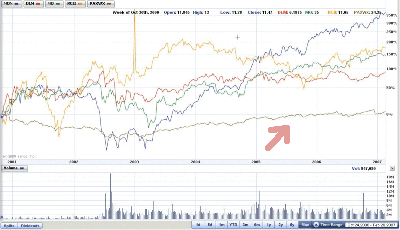Long or Short Capital’s fiscal 2nd Quarter ended on 1/31/07, and the company reported its results in a press release:
Mr Juggles: “Good afternoon everyone, let me first state:
‘WOW we really killed it’.
Second, let me welcome everyone on the line to hear me talk about our 2nd consecutive best quarter ever. In the Q1 call, I let you know that we had been internally focused on the so-called “sequential same store traffic figure” and we delivered a “Googlesque” 146%; this quarter we delivered a 50% increase in SSST on top of that that elevated level. I’d like to reiterate the fact that we really killed it and you should say things like “Great quarter guys” and “Thanks for letting me talk in this Q&A, I promise to ask ticky tacky irrelevant questions to perfect my model and not any questions about your sketchy use of SAAP”.
But this quarter was not all about traffic. Our new primary internal focus was on a metric known as the “Eyeball Monetization Conversion” ratio. It’s a proxy for Long or Short’s efficiency at turning our readers into dollars. Last quarter our EMC ratio was $8.43 per thousand readers — note this is not based on page views; this quarter we launched initiatives and improved our mix to drive our EMC to $18.39. None of our competitors can say the same thing, proving that we have maintained our best in class performance.
We generated earnings per subscriberholder of $2.12 compared to $0.60 in Q1’07 and $0.38 in Q4’06. We generated $1,150 in revenue for the quarter, a 489% increase YOY, and 228% sequentially. We re-experimented with Adsense starting in October, and while we eked out decent performance through December, revenue per a click fell off a cliff in January forcing us to switch our ad sourcing back to the Yahoo! Publisher platform. Our timing turned out to be perfect as our revenue per click increased by 3-4x while our CTR increased reasonably, the latter more unexpected than the former. Text link advertising became the stalwart of our topline, although a smaller % contribution than expected. We sold all our inventory for the first time to date and are positioned for a round of price increases. We also exceeded expectations in some of our one-off initiatives including “Operation Sell Our Christmas Spirit Through Amazon.com” and our late in the month experimentation with CPA ads for Valentine’s Day.
Our subscribership increased from 381 to 508.
Our free cash flow took a big hit from working capital, which was unavoidable due to our topline growth. At 81.5% of sales, this is an area we know we need to improve and I’m confident we have the people in place to get it done and effect the necessary changes. Three weeks into February, we have already made headway towards this goal. We want to be at 30-35% of sales maximum.
We had our best quarter ever in terms of revenue, free cash flow and qualifying traffic. This may sound familiar because I said the same exact thing last quarter. Let me tell you something, I really hope to be on this call with you guys and gals three months from now saying the same exact thing for the third time in a row. Thanks for your time, and have a great afternoon.”
Note that the financials below are unaudited and may contain non-GAAP measures. All numbers comply with Seldom Accepted Accounting Principles (SAAP).
Unaudited Financial Results for Q2’07
Income Statement
Contextual CPC Revenue $239.24
CPA Revenue $120.32
Static Ad Revenue $783.41
Other Revenue $8
Total Revenue $1,150.97
Cost of Sales $19.55
One Time Charge $45.00
Marketing Expense $7.55
Operating Income $1,078.87
Balance Sheet
Cash $557.55
Accounts Receivable $787.43
Inventory $0.00
Prepaid Marketing/Hosting/Reg $150.95
Accounts Payable $0
Cash Flow Statement
Operating Cash Flow $470.70
Capex $0.00
Dividends $X.00
Performance Metrics
Visits 62,570
Pageviews 134,555
Clicks on ads 313
Subscribers by Email 109
Subscribers by XML 399
Inbound Links per Technorati 461 from 132 Sites
Technorati Rank 25,370
Inbound Links per Google ~367 sites
Google PageRank 5
Past Results (due to our reliance on SAAP, previous unaudited financial results are not reliable)
Long or Short Capital Q1’06 Results
Long or Short Capital Q2’06 Results
Long or Short Capital Q3’06 Results
Long or Short Capital Q4’06 Results
Long or Short Capital Q1’07 Results



 Is there money dumber than
Is there money dumber than  Susan Solovay, a woman by trade, has started a fund of funds whose mandate will be to invest only in hedge funds run by women. Solovay is marketing this FoF on the claim that women manage investments better than men. (quotes from
Susan Solovay, a woman by trade, has started a fund of funds whose mandate will be to invest only in hedge funds run by women. Solovay is marketing this FoF on the claim that women manage investments better than men. (quotes from